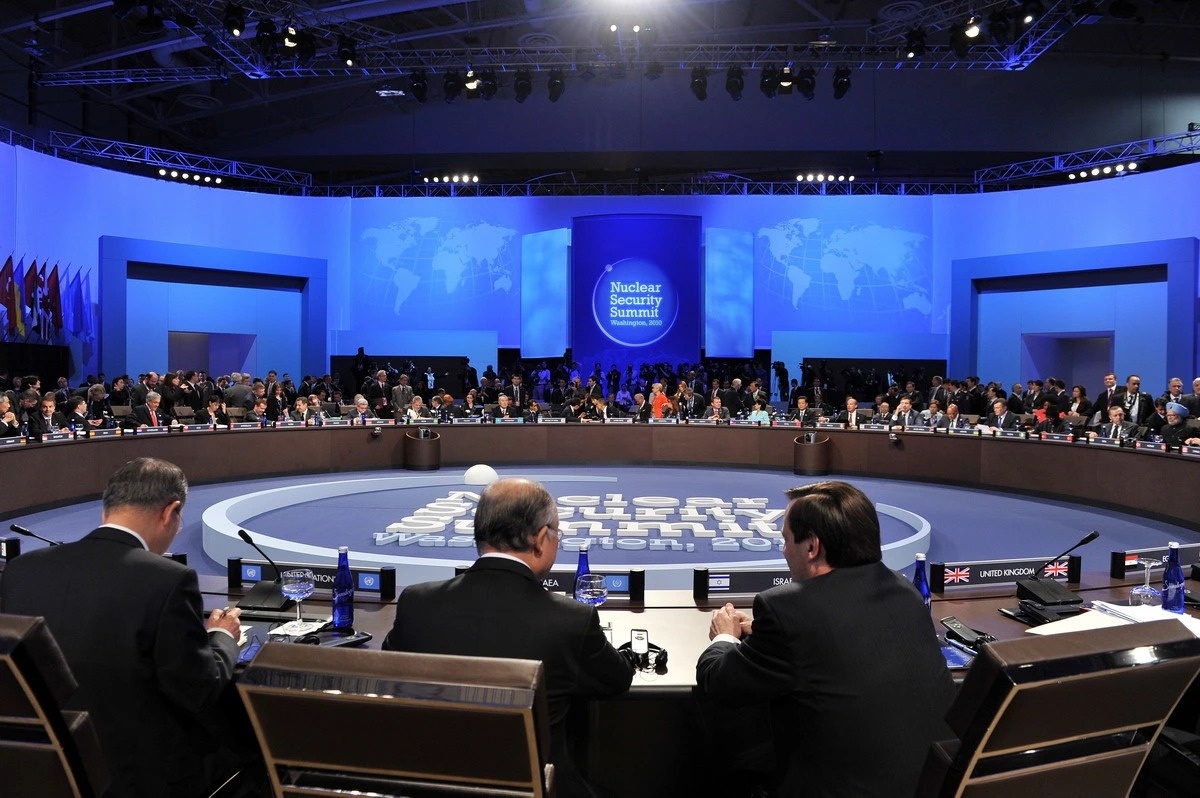| Understanding NATO’s Nuclear Capability: What It Means for Global Security |
As tensions between Russia and NATO continue to rise, with NATO’s military buildup in Eastern Europe and Russia’s annexation of Crimea, the issue of nuclear capability has become a hotly debated topic. Recently, Russian President Vladimir Putin stated that he would “take into account” NATO’s nuclear capability, raising concerns about the potential for nuclear conflict. In this article, we will explore what NATO’s nuclear capability is, how it compares to Russia’s, and what implications it has for global security.
What is NATO’s Nuclear Capability?
NATO, or the North Atlantic Treaty Organization, is a military alliance of 30 North American and European countries. The alliance was formed in 1949 with the goal of providing collective defense against the Soviet Union and its allies. As part of its defense strategy, NATO maintains a nuclear deterrence posture, which means that it possesses nuclear weapons as a means of preventing a nuclear attack on its member states.
NATO’s nuclear capability is based on the deployment of U.S. nuclear weapons in five European countries: Belgium, Germany, Italy, the Netherlands, and Turkey. These weapons are part of a shared nuclear arsenal that is controlled by the United States and made available to NATO under a system known as nuclear sharing. In addition to the shared arsenal, France and the United Kingdom also possess their own nuclear weapons.
How Does NATO’s Nuclear Capability Compare to Russia’s?
Russia possesses the largest nuclear arsenal in the world, with an estimated 4,300 nuclear warheads in its stockpile. This is significantly more than the United States, which has an estimated 3,800 nuclear warheads. However, NATO’s nuclear capability is not intended to match Russia’s in terms of size, but rather to serve as a deterrent against a nuclear attack.
One key difference between NATO’s nuclear capability and Russia’s is that NATO’s weapons are stationed in Europe, while Russia’s are primarily located within its own borders. This has led to concerns about the vulnerability of NATO’s nuclear weapons to a potential Russian attack, as well as the potential for accidental nuclear war.
What are the Implications for Global Security?
The presence of nuclear weapons, whether in the hands of NATO or Russia, is a serious threat to global security. A nuclear war could cause catastrophic damage to the planet and result in the deaths of millions of people. The threat of a nuclear conflict also has a chilling effect on international relations and increases tensions between nations.
In light of Putin’s recent comments, it is important for NATO to carefully consider its nuclear strategy and ensure that its weapons are secure and used only as a last resort. At the same time, it is important for Russia to refrain from making aggressive moves that could lead to a nuclear conflict. The international community must also work together to reduce the overall number of nuclear weapons in the world and promote peaceful resolutions to conflicts.
Conclusion
NATO’s nuclear capability is a key component of its defense strategy and serves as a deterrent against a nuclear attack. While Russia possesses a larger nuclear arsenal, the purpose of NATO’s weapons is not to match Russia’s in terms of size but to provide a credible deterrent. The presence of nuclear weapons, whether in the hands of NATO or Russia, is a serious threat to global security, and it is important for the international community to work together to reduce the overall number of nuclear weapons in the world and promote peace.

3 thoughts on “NATO’s Nuclear Capability: Global Security Implications”